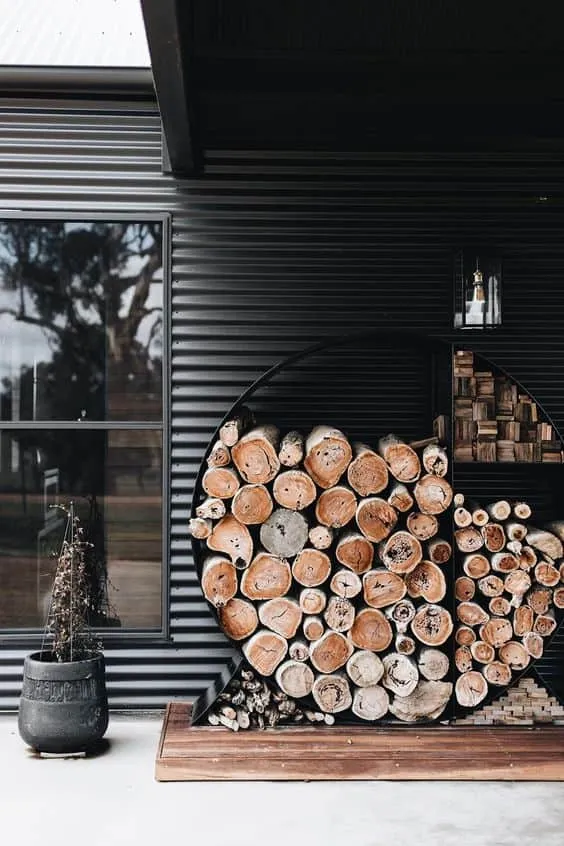There can be your advertisement
300x150
How to Choose the Right Fuel Wood for Winter?
Unparalleled and irreplaceable warmth of a wood fire is one of the greatest joys of winter. Heating stoves, fireplaces or even boilers, this heating solution today combines several advantages. It enjoys great popularity even during an energy crisis. Demand for firewood accordingly increases due to rapidly rising electricity and gas prices. Although their price is also growing, it remains attractive. Plan on around 500 euros to heat the entire winter season, whereas pellet or heating fuel prices may triple.
What are the advantages of wood fuel? Which type of wood is preferable? What path does firewood take? Where to buy and at what price? We will answer all your questions in our analysis.
What Are the Advantages of Wood Fuel?
 Pinterest
PinterestThis is the oldest available heating solution. Although humans have long used wood fires, fortunately, the method has changed significantly. No longer do you need to open chimneys in all directions or use old stoves that pollute the air more than they provide heat. Modern stoves are nothing like those of the past. They are much more efficient and better at using wood combustion to generate maximum heat without compromising home insulation. And if this fuel is better used by these devices, it also has other advantages.
But the main advantage remains unparalleled affordability of firewood. In practice, it is simply the cheapest fuel on the market. This result became possible thanks to modern achievements in wood-based heating, which now produce much more heat than before.
Which Type of Firewood to Choose?
 Pinterest
PinterestNot all firewood behaves the same way when burned. Depending on wood type and moisture content, timber releases varying amounts of heat or pollutants. Therefore, it's important to note that waste wood should be avoided. Wood from woodworking contains lacquers, glue or paint which can release harmful vapors when burned.
Thus, always use natural species but not just any. Resinous woods such as fir or spruce should be avoided because they produce little heat and contain a lot of resin, which clogs the fireplace when burned and significantly increases fire risk.
Soft hardwoods such as birch, beech and alder burn quickly, even too fast. They don't form long-lasting coals and are used only for kindling.
Therefore, hardwoods are preferred. They are denser, produce more heat and burn longer. Although they require more time to dry than soft hardwoods, they are harder to split and ignite but offer the greatest heating potential when fully dry. Beech is considered ideal for firewood. With beautiful flames, unique scent and bright glow without sparks, it also has excellent calorific value. However, oak, ash and maple are also regarded as benchmark species for firewood.
Note that chestnut is the only hard wood that cannot be used as firewood — it explodes when burned.
More articles:
 How an optimal air conditioning system improves home comfort: key points
How an optimal air conditioning system improves home comfort: key points How Pinterest Can Help With Your Outdoor Wedding
How Pinterest Can Help With Your Outdoor Wedding How PoE Systems Improve Building Security and Protection
How PoE Systems Improve Building Security and Protection How Protective Screens Can Increase Your Home's Value
How Protective Screens Can Increase Your Home's Value How Professional Roof Repair Increases Commercial Real Estate Value and Durability
How Professional Roof Repair Increases Commercial Real Estate Value and Durability How PropTech is Transforming the Construction Industry
How PropTech is Transforming the Construction Industry How Regular Paver Maintenance Can Extend the Life of Outdoor Spaces
How Regular Paver Maintenance Can Extend the Life of Outdoor Spaces How Steel Reinforcement Contributes to Modern Design Development
How Steel Reinforcement Contributes to Modern Design Development